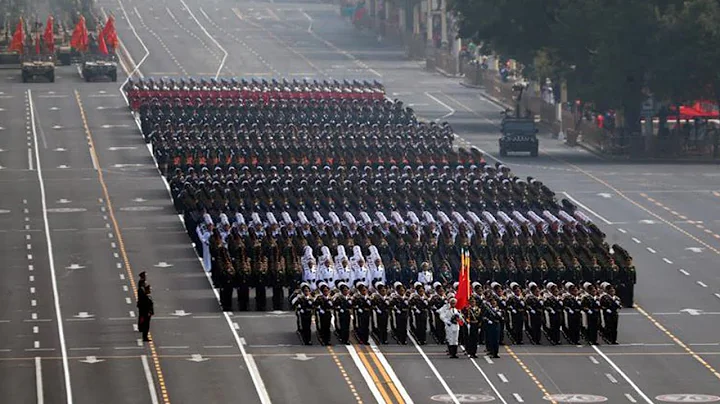
ER.134T
This issue is a continuation of the previous issue. In 1952, the Vickers-Hyper Marin Type 545 (
Type 553

introduced in the previous issue) was not yet in service. With the addition of the order for the Type 545, the Hyper Marin naturally entered service. Join the competition with confidence. The design submitted by Huppo Marin is a deeply improved model

Type 553 based on the Type 545. The overall design of the Type 553 is simple and powerful, and the air inlets on both sides of the nose have been changed. For the nose annular air inlet, an adjustment cone is installed in its center. This should be a good move. The stable nose air inlet is easy to control and has been adopted by a large number of outstanding second- and third-generation combat aircraft. The cockpit is equipped with longitudinal reinforced columns to increase its sturdiness. The 553's wing has three options: straight wing, swept wing or delta wing . Initially, a straight wing was planned, but experimental data indicated a straight wing design. Drag reaches a maximum at M 1.1, and in the acceleration phase between M 1-1.5, the additional drag wastes a lot of fuel and is hardly suitable for military purposes. Swept wings are much better in this regard. The advantages of transonic speed are enough to offset the structure. Disadvantage in strength. Although the delta wing has the same advantages, the lift coefficient is reduced, which requires increasing the total wing area by 50%. In the end, the company chose the simple swept-back single wing . , with a vertical tail swept back at the same angle and an integrated full-motion horizontal tail. The horizontal tail is slightly reversed. The power system is planned to be a Rolls-Royce RB.106 turbojet engine equipped with an afterburner . Up to 2000K middle afterburner, a long afterburner jet contraction and expansion nozzle. The front tricycle landing gear is retracted under the nose, and the main landing gear is expected to be located on both sides of the fuselage. Maximum speed of Mach 2.6 is reached at an altitude of 12,000 meters. After calculation, the Hypermarine chose aluminum alloy skin instead of steel to achieve the aerodynamics of M2 at speeds and altitudes above 30,000 feet (9144 meters). It is acceptable under heating, but if you plan to continue to tap the speed potential of Type 533 , you need to use steel skin, which will inevitably lead to increased weight and reduced performance.

Performance

Vickers-Hupmarin gives estimated performance for as: Climb rate M0.9 at sea level (53,000 ft/min [11,000 m] to 36,090 ft/min [11,000 m] /min). Climb to cruising altitude of 50,000 ft (15,240 m) must be achieved after accelerating to M2. If temperature limitations are ignored, maximum speed M2.4 (1,590 mph [2,557 km/min] is reached. h] ) due to kinetic heating, speed may be reduced to M2.3, at sea level the maximum speed is expected to be M 1.35 respectively, supersonic above 34,000 ft (10,363 m), and Capable of reaching the M 2 at altitudes from 26,000 to 60,000 feet (7,925 to 18,288 meters). The Type 553 has a ceiling of 60,000 feet (18,288 meters).


Internal fuel capacity is 780 gallons (3,547 liters); the company mentions 1,500 lbs. (680 kg) of auxiliary fuel tanks, the increased fuel means that this research aircraft can be easily converted into a combat aircraft. The artillery weapon is placed on the upper fuselage in front of the windshield, and the radar is easily placed. Inside the air inlet adjustment cone. The combat version has a total flight weight of 26,000 pounds (11,794 kilograms), and when equipped with weapons, the aircraft will become a powerful combat aircraft. Pomarin submitted the final plan on August 24, 1953, and the Ministry of Supply made a preliminary decision on the 28th. Throughout the competition, experts from the Ministry of Supply preferred to adopt a straight-wing, twin-engine nacelle installation layout.Type 553 does not meet the 10-minute flight endurance requirement of M2 required by the ER.134T specification. Most importantly, the 533's engine, the RB.106, was still in the design stage and was expected to be completed by the end of 1953. The first bench tests were planned for mid-1954. It can be installed on the aircraft fuselage, but the complex afterburner will not be available until 1957, and Luo Luo's picture is too far away.
These reasons destined 533 to be eliminated. It was Bristol 188 that finally won the ER.134T prototype contract. @nordland Today's Headlines Original First Release

Winner Bristol 188
Gallery




























